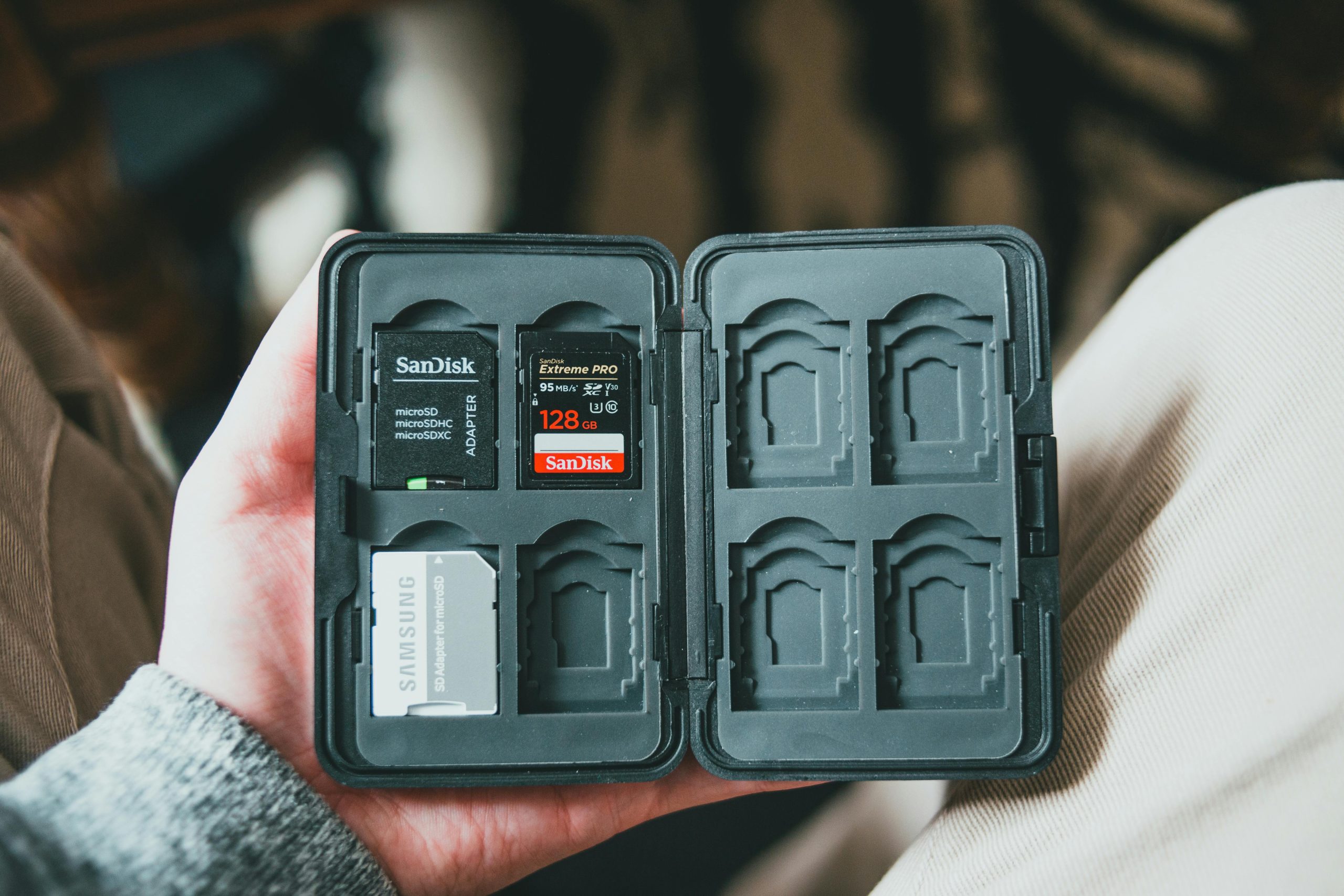Troubleshooting a Non-Responsive MicroSD Card: A Case Study
Have you ever experienced the frustration of a MicroSD card that simply refuses to be recognized by your devices? I recently encountered this issue with my SanDisk Nintendo Switch 512GB MicroSD Card. I attempted to use it across multiple devices, including my Nintendo Switch, two different smartphones, and my laptop, but unfortunately, none of them could read the card.
Given the size and cost of this card—512GB is a substantial storage capacity, and replacing it isn’t a trivial matter—I’m keen on finding a solution. If you’re facing a similar predicament, here are some steps you can take to troubleshoot your MicroSD card:
1. Check for Physical Damage
Inspect the card for any visible signs of damage, such as cracks or bent connectors. If it looks physically intact, proceed to the next steps.
2. Try Different Devices and Adapters
Sometimes, the issue might be with the device or the adapter rather than the card itself. Test the MicroSD card in different devices or use another adapter to see if that makes a difference.
3. Format the Card
If the card is detected but not accessible, you may try formatting it. However, be aware that formatting will erase all data stored on the card. If you have important files, look for data recovery solutions before formatting.
4. Use Command Line Tools
For advanced users, operating system tools like Diskpart for Windows or Disk Utility for macOS can be helpful in diagnosing and potentially fixing the issue.
5. Seek Professional Recovery Services
If all else fails and the data is critical, consider seeking help from professional data recovery services. While this might be costly, it could be worth the expense if you need to recover vital information.
Conclusion
Experiencing a non-readable MicroSD card can be incredibly frustrating, especially given the investment in storage. Armed with these troubleshooting steps, you might be able to revive your MicroSD card or at least recover your data. Have you had similar experiences, and what solutions worked for you? Share your thoughts in the comments!
Share this content:




Thank you for sharing this detailed troubleshooting guide on MicroSD card issues. When dealing with a non-responsive or unreadable MicroSD card, it’s essential to proceed cautiously to prevent further data loss. Here are additional tips that might help: